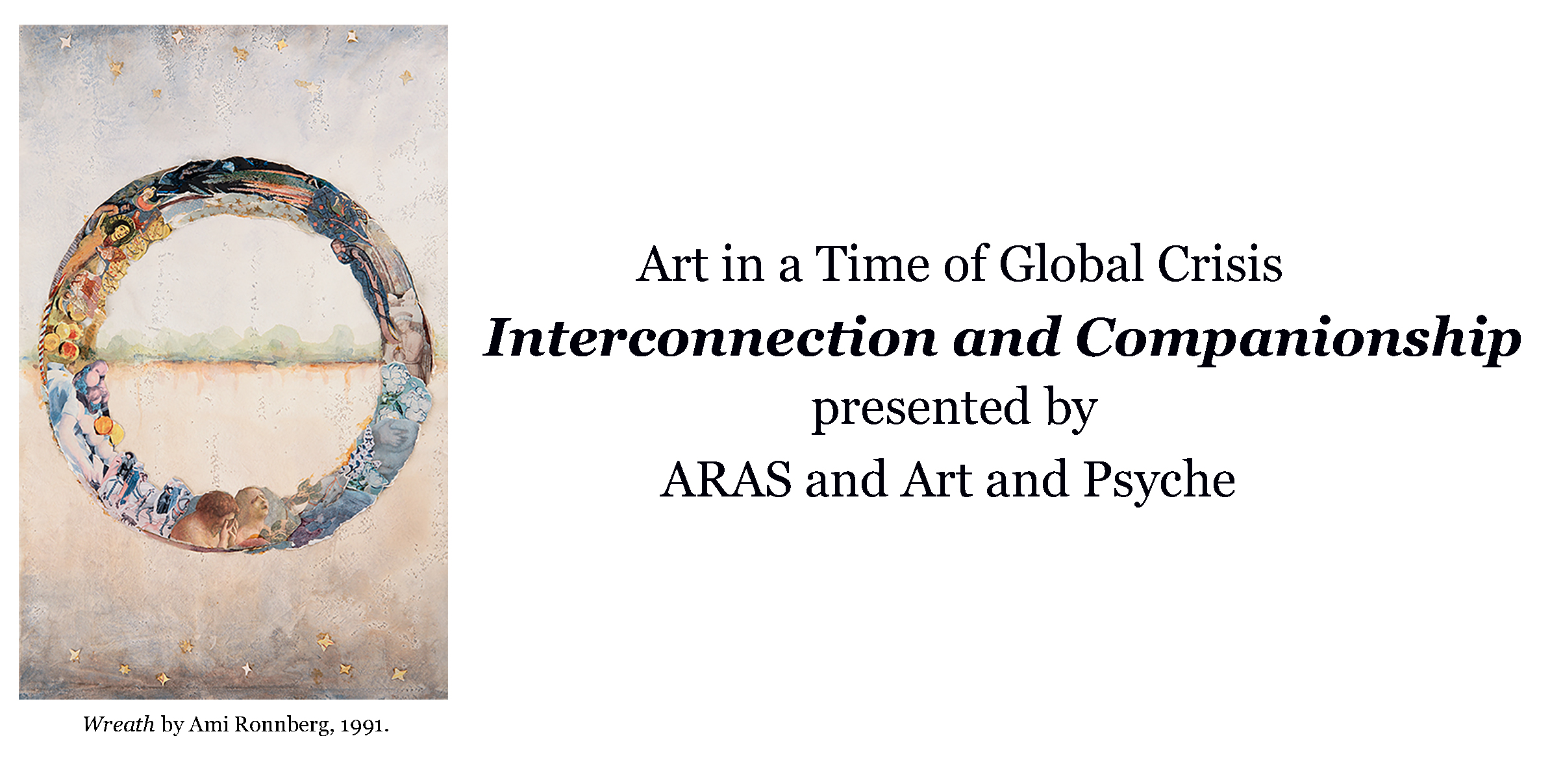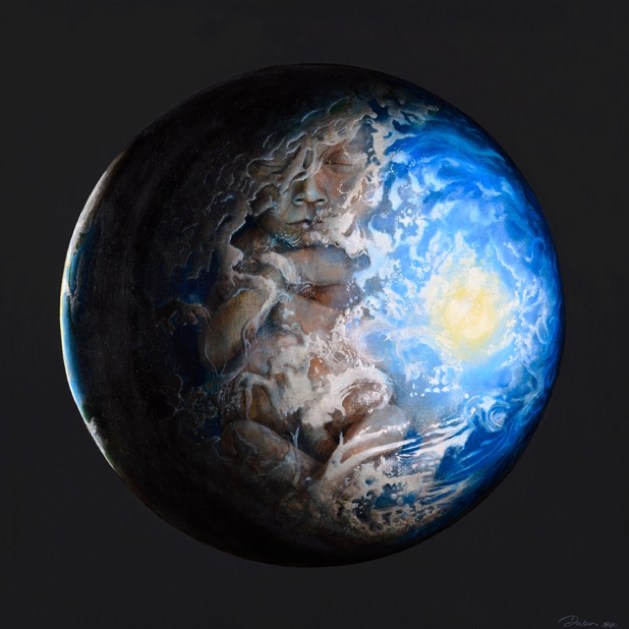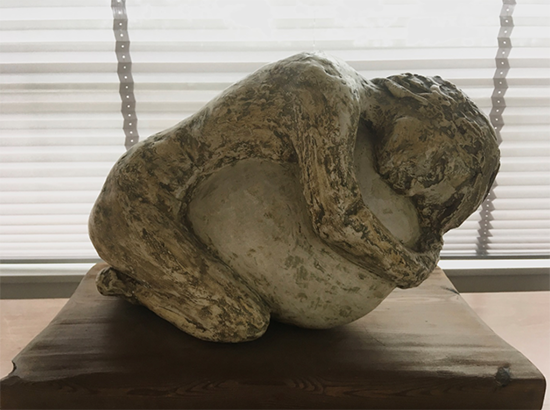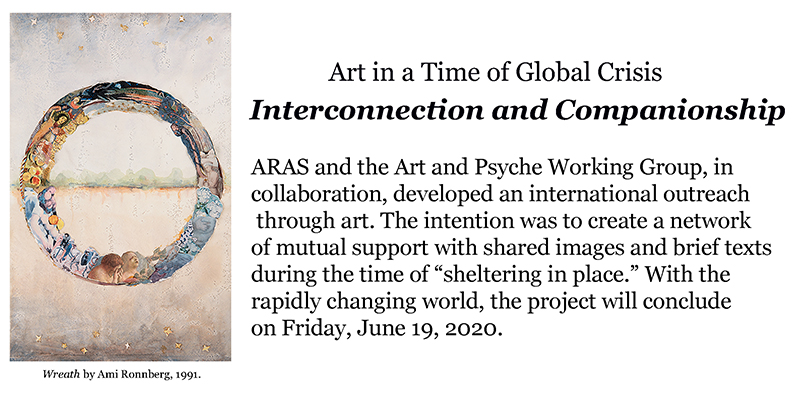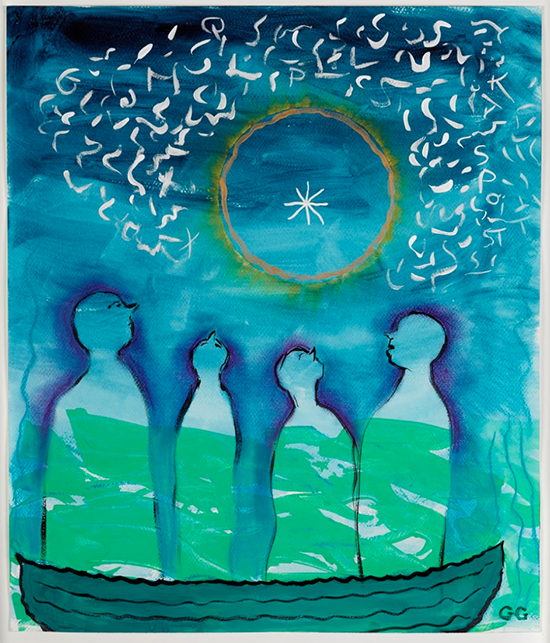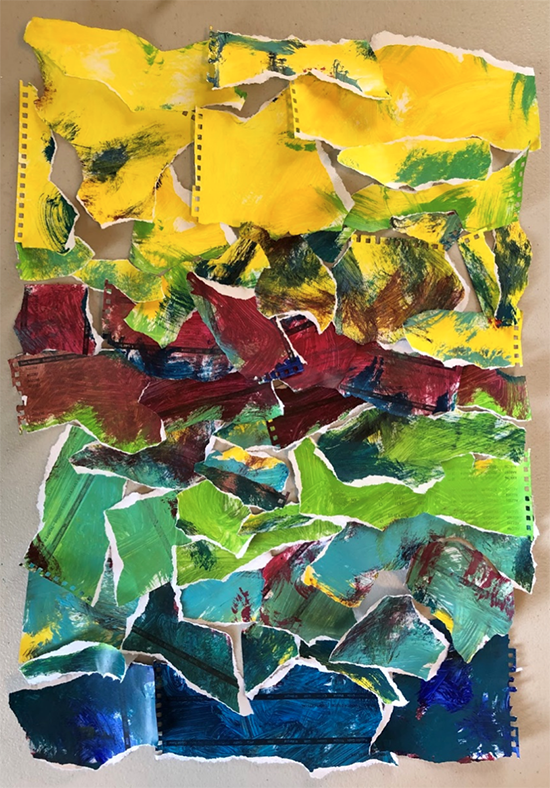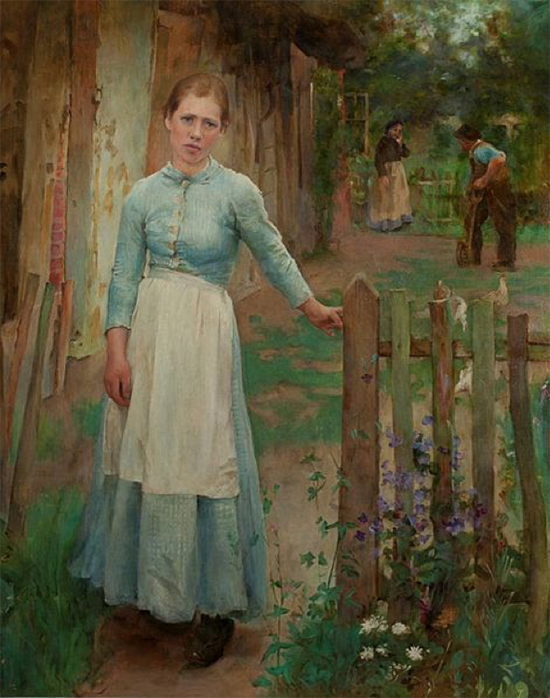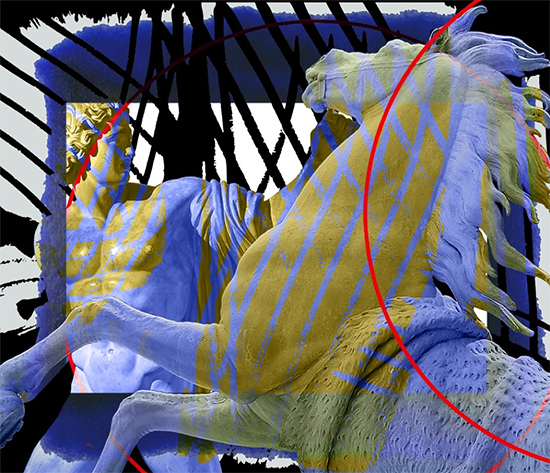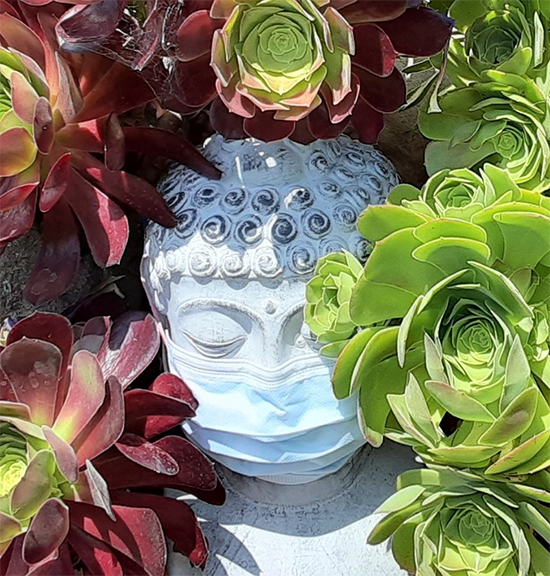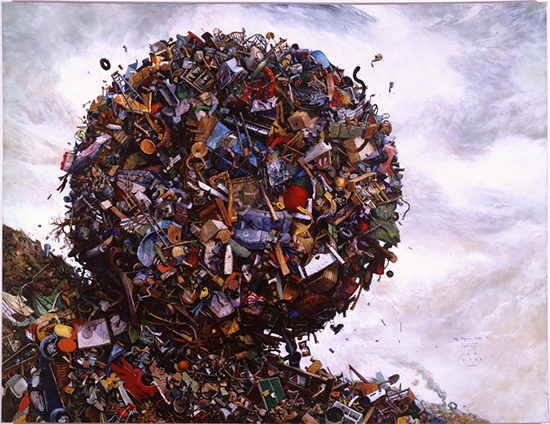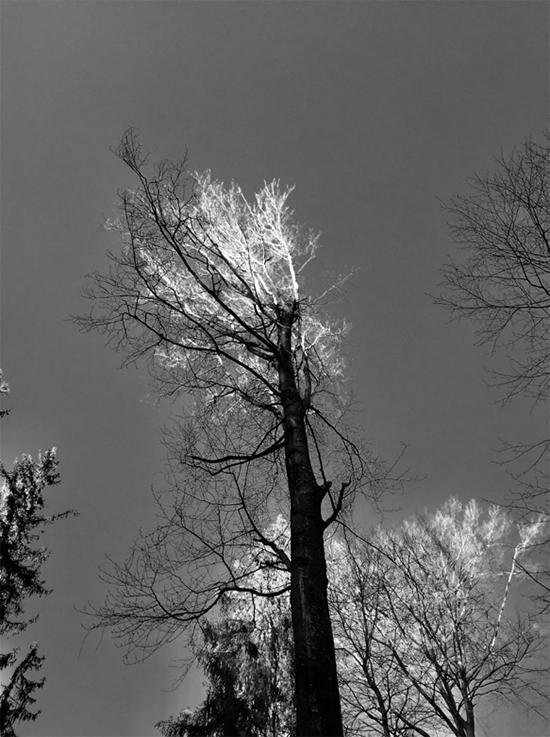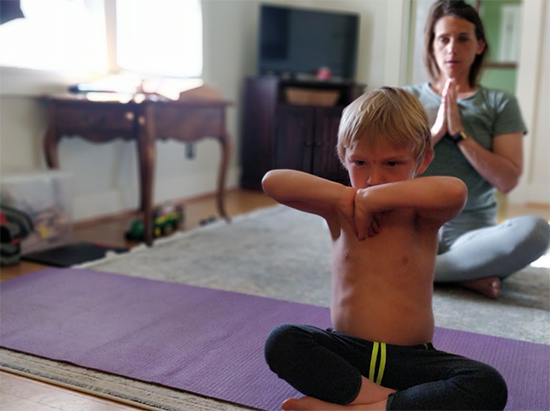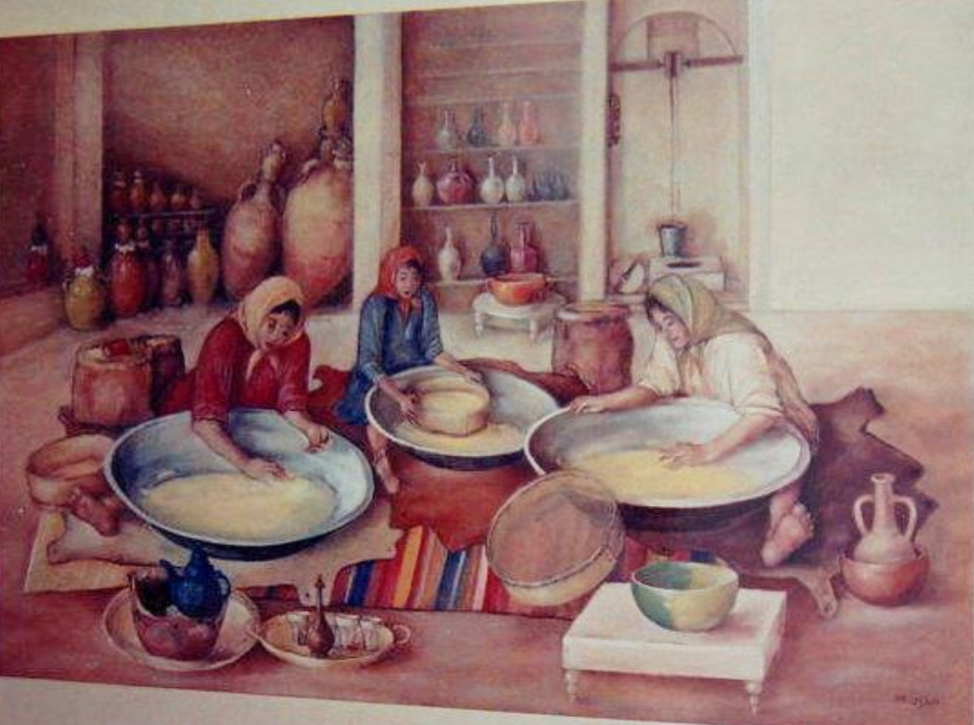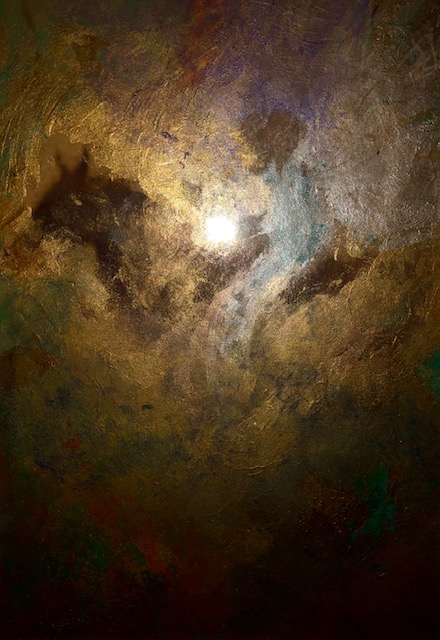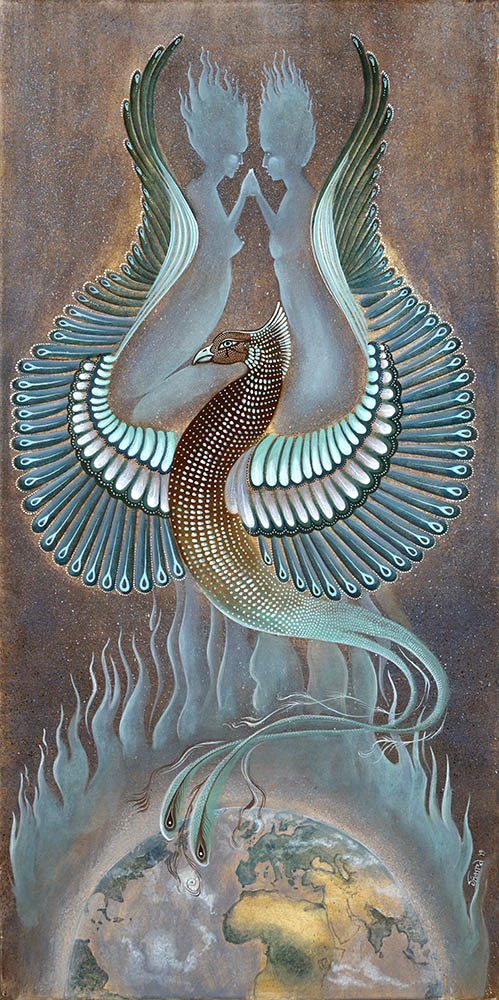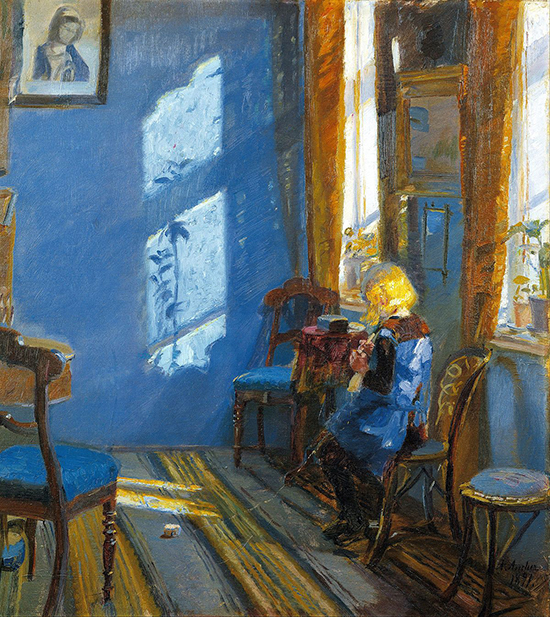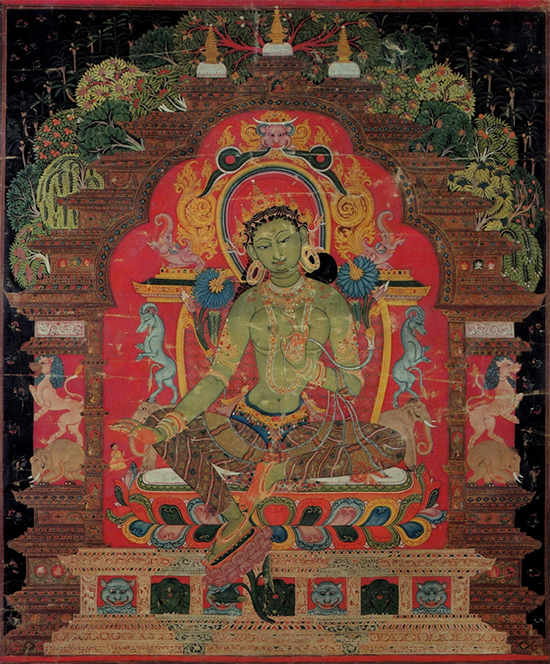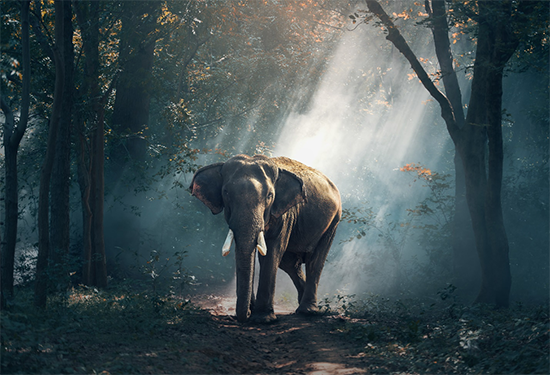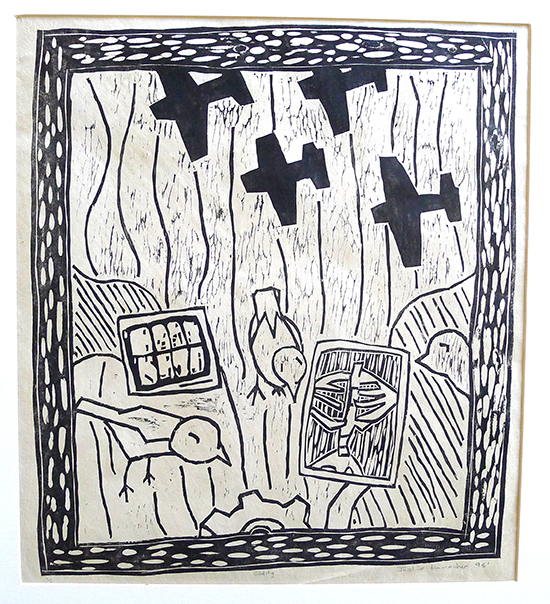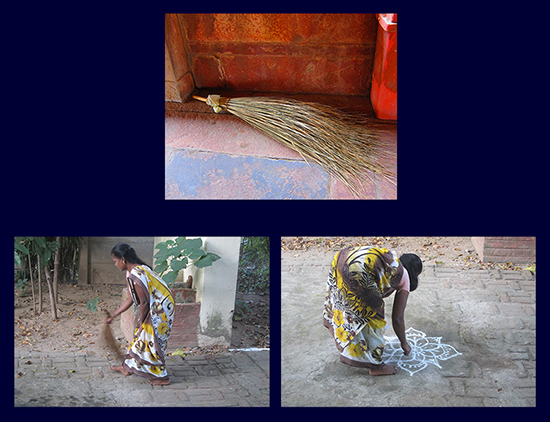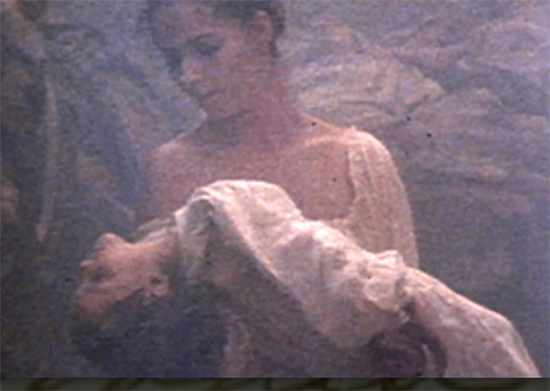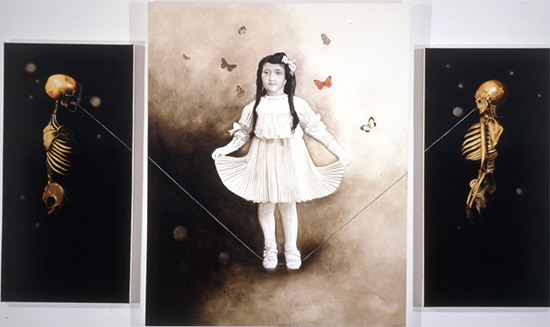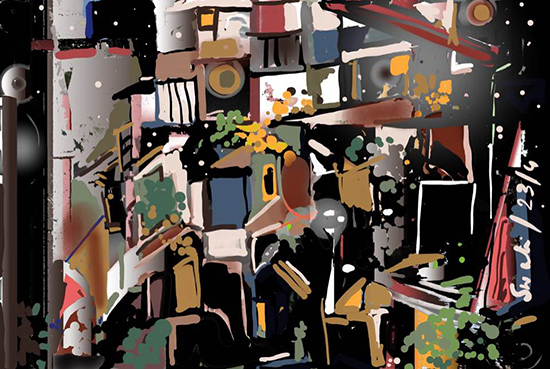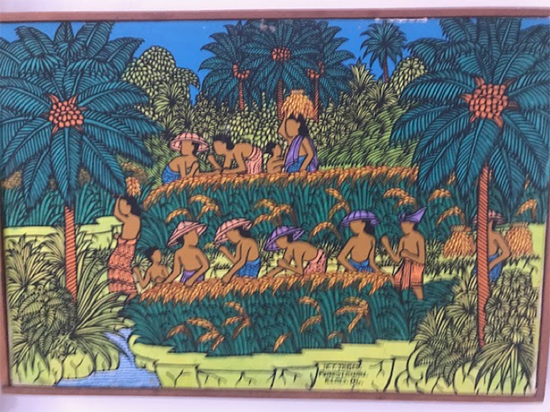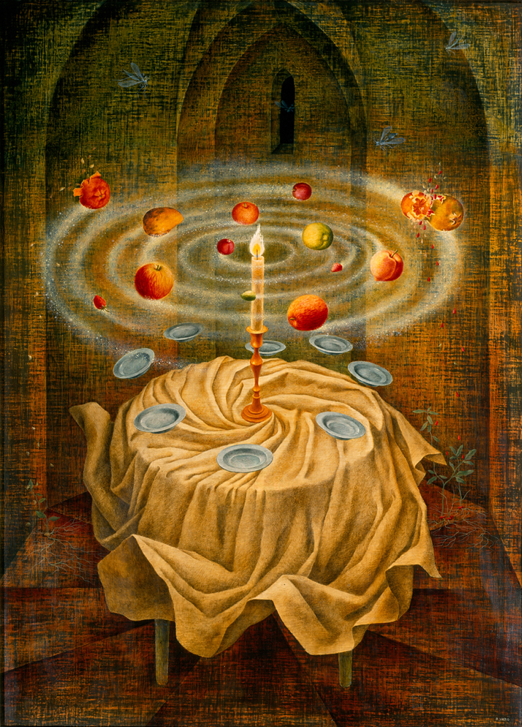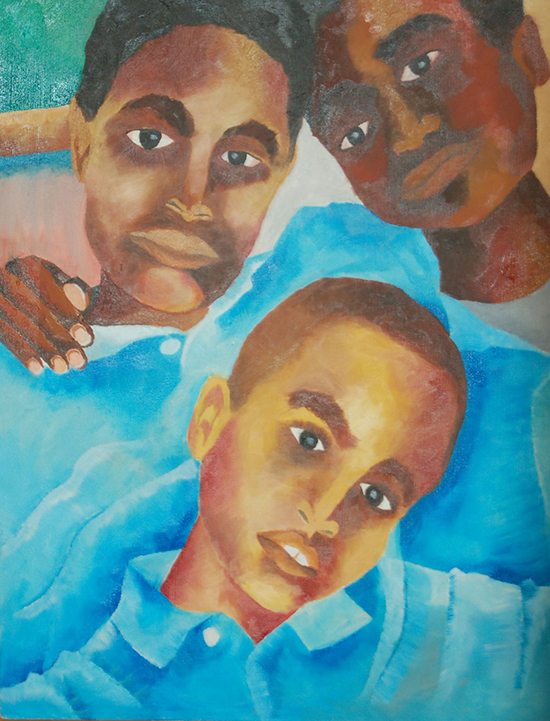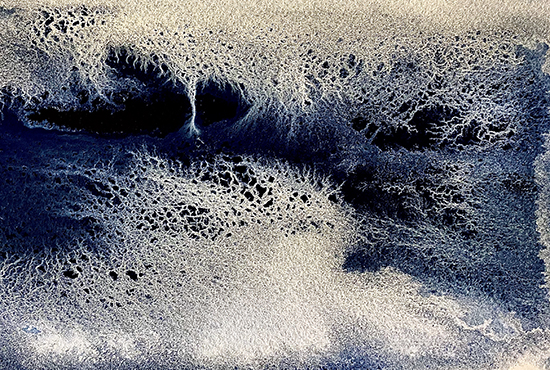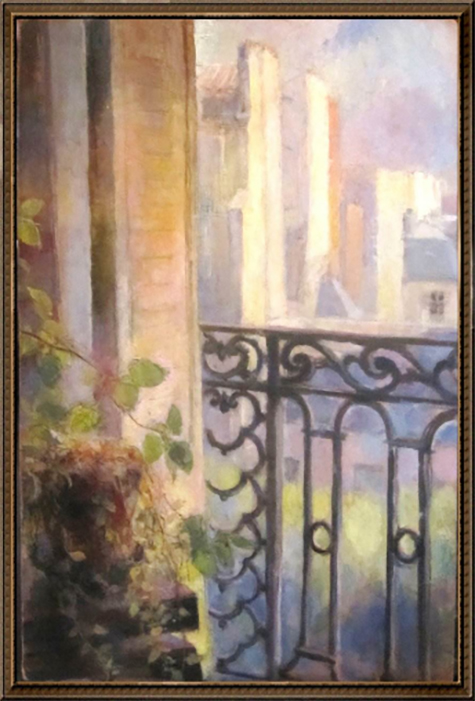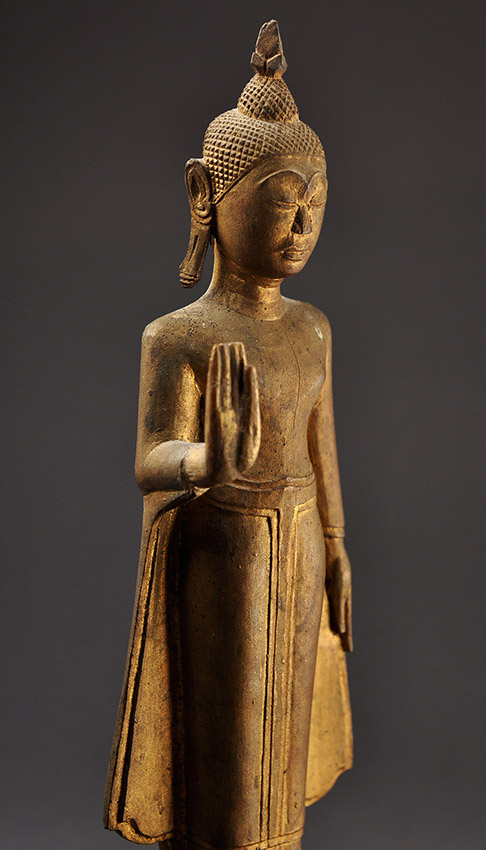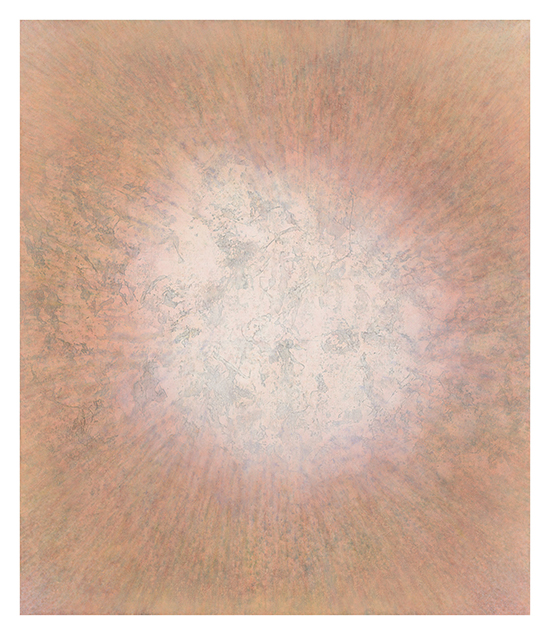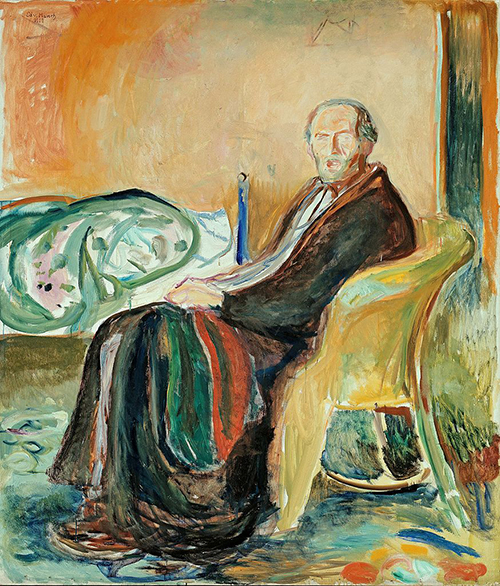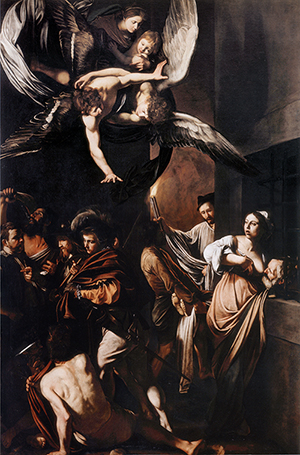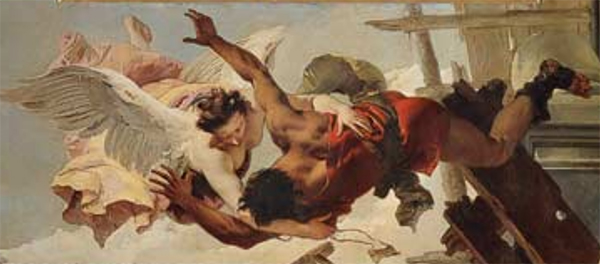Special Edition
Art in a Time of Global Crisis: Interconnection and Companionship Project
In Celebration of Nurses and Caregivers Worldwide
Tuesday, May 12th is the 200th Anniversary of Florence Nightingale's Birthday
We hope to honor nurses and all frontline caregivers who face into the shadows of suffering by offering an image representing the “Archetypal Nurse.” Our format is longer than usual today as we feel the timing is right to express our abiding gratitude to all who tend the sick with hope for health ahead.
Today, May 12th is Florence Nightingale’s birthday. Please take a moment to celebrate and offer thanks to nurses worldwide and to all healthcare givers and first responders who risk their lives daily to help provide for the well-being of all---especially at this extraordinary moment. Just as Florence, “the lady with the lamp,” led the way revolutionizing nursing and hospital practice, nurses have been dedicated to passing on the light of hope and compassion from the beginning of time and in every geographical location and society.
Please consider sending along this daily posting to those who are committed to caring for others as a kind of heartfelt “thank you note” for their commitment and service and let them know that they can sign on for supportive images and messages each day that will arrive in their email inboxes by clicking here or through the aras.org website.
Perhaps, a nurse will finish a night shift and find the new daily image on her cell phone and experience at least a moment of solace and companionship with those of us who are sending our gratitude and appreciation. Help them hold the lamp and the light in these dark times. Viruses are contagious but so is good will---pass it on.
Synchronistically, well before the current pandemic situation, The World Health Organization declared 2020 to be the “The Year of the Nurse and Midwife” in celebration of the 200th birthday of Florence Nightingale (1820–1910). The American Nurses’ Association (ANA) has designated May 6-12 as Nurses Week and May as Nurses Month to affirm and honor all who dedicate their lives to advancing the healthcare and welfare of people in every nation.*
The photograph above is of my grandmother, Nanna Mick who graduated from the West Jersey Hospital School of Nursing, Camden, NJ., in 1919 and worked endless hours and shifts throughout the Spanish flu epidemic while her fiancé (Charles my grandfather) was serving in the US Navy during WW I. My mother Barbara Mick Carter graduated from the same school of nursing in 1945 while my father (S. Thomas Carter) was on duty in the Navy at the end of WW II. My sister-in-law Mary Mulroy Carter followed and graduated from West Jersey in 1978. All of these brave women were young and were required to take classes, participate in rotating shifts “on the floor,” and live in the hospital while students. I began working at West Jersey as a Nurses’ Aide when I was 16. I am grateful to them and to all of the caregivers at West Jersey who so generously taught me about bedside care those many years ago and grateful for the many nurses who have surrounded and influenced my life from the beginning.
From these early roots, I was inspired and supported to go on for a BSN from Georgetown and MSN from Yale and finally to certification as an analyst with the IAAP. The imaginative drive for this current project also emerged, in part, from the values and service orientation of personal history tapping into the fundaments of the nurse archetype as an expression of the wounded healer.
The Art and Psyche Working Group** is grateful for the willingness of ARAS to partner, collaborate and make manifest this project as an expression of interconnection and companionship through art during a time of world crisis.
Linda Carter
Carpinteria, CA
Lcarter20@earthlink.net
*https://blogs.scientificamerican.com/observations/nurses-are-playing-a-crucial-role-in-this-pandemic-mdash-as-always/
Translation
We publish each daily posting in English and the primary language of the author. For those seeking translation into languages other than what is provided with the daily posting, consider using Google Translate at https://translate.google.com/
Chinese
To read the text in Chinese, you can copy the paragraph into the translation system Tencent (app/website). “如您无法阅读英文,可将段落复制到腾讯翻译君网址(https://fanyi.qq.com/)在线翻译,辅助理解”
**Brief Description of the Two Organizations Collaborating to Produce
Art in a Time of Global Crisis: Interconnection and Companionship
Daily Image Outreach Project
Art & Psyche is an unincorporated organization whose mission is to encourage the articulation of the symbolic essence of art in its many forms. Through conferences, presentations and the publishing of papers, it provides cross-disciplinary educational experiences with a depth psychological understanding to both members of the psychotherapeutic community and those in the art world. Every aspect of the development and production of the conferences and publication of the papers and presentations is based on bottom-up models of emergence. Through creative interaction among cross-disciplinary presenters and participants, the conferences themselves become energized and exciting temporary communities or multi-layered, emergent systems.
For more details of the history of this organization that has produced four international conferences since 2008, see the Film and Culture Section, The Journal of Analytical Psychology, November 2018, and the website from our last conference held in Santa Barbara in 2019: https://retreat.pacifica.edu/the-illuminated-imagination/
The Archive for Research in Archetypal Symbolism (aras.org) is a pictorial and written archive of mythological, ritualistic, and symbolic images from all over the world from all epochs of human history. The collection probes the universality of archetypal themes and provides a testament to the deep and abiding connections that unite the disparate factions of the human family.
ARAS Connections is a quarterly online newsletter, free of charge. Click here to subscribe.
Further, ARAS offers a 2-week summer program for teens to engage in creating art inspired by symbolic images along with other events and programs for all ages. They produced the bestselling Book of Symbols (Taschen, 2010) along with other substantial and fascinating books. Again, visit the website to learn more about the many resources that ARAS provides at aras.org
